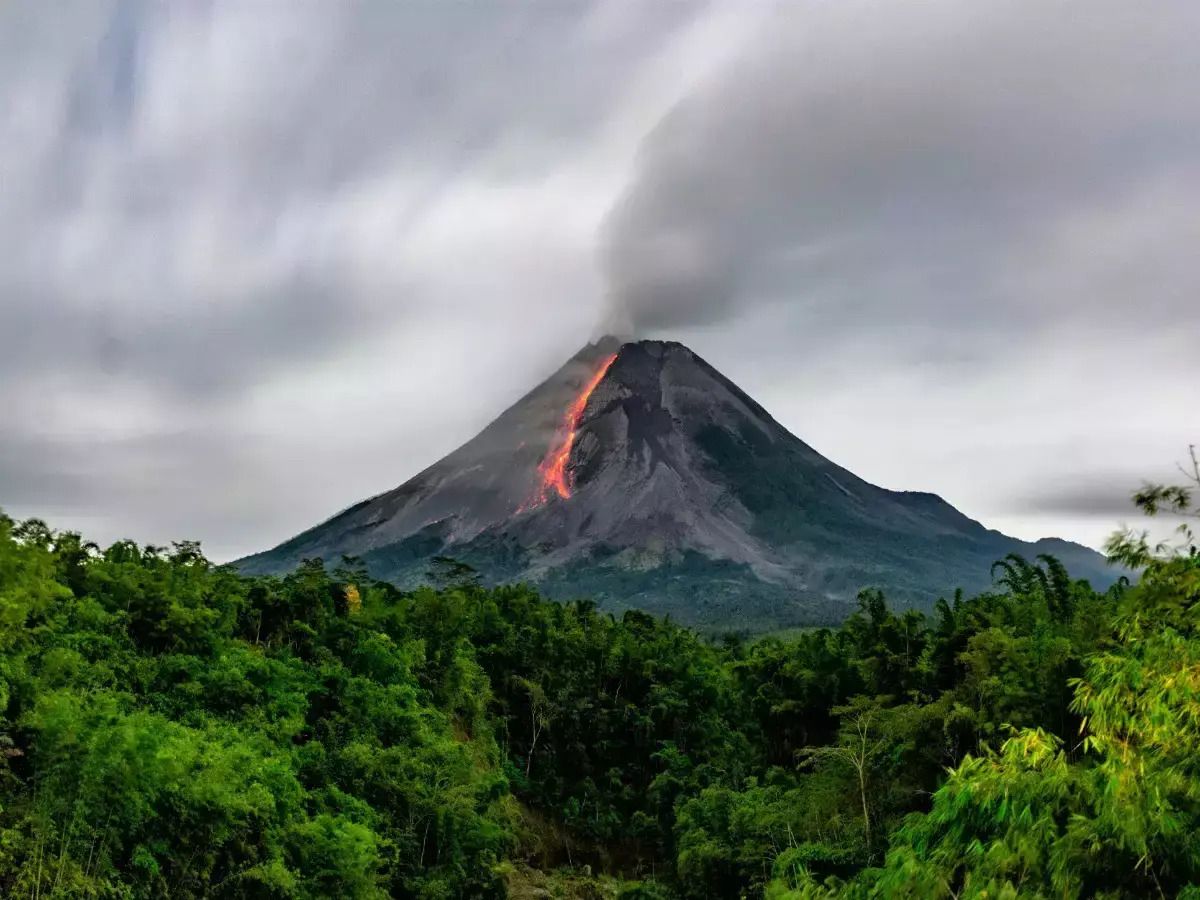Volcanoes erupt when magma, molten rock, rises to the surface, often due to pressure from dissolved gases or the buoyancy of the magma, and can result in either explosive or effusive eruptions. That’s a fiery fact — and it turns out, what’s going on inside the Earth is just as fascinating as the eruptions we see above ground.

Volcanoes don’t just erupt randomly — they erupt when pressure builds deep underground. Hot Magma melted rock rises through cracks in the Earth’s crust. Sometimes, the magma is full of dissolved gases, like carbon dioxide and water vapor. When pressure from those gases becomes too much, boom! An eruption happens.
But not all eruptions look the same.
Some are explosive, sending ash and lava high into the sky. Others are effusive, meaning the lava oozes or flows out slowly. The difference usually depends on how thick the magma is and how much gas it contains.
Thicker magma traps more gas, which builds more pressure. That’s when you get dramatic, explosive eruptions like Mount St. Helens in 1980. But runny magma, like what’s found in Hawaii’s volcanoes, lets gas escape more easily. That leads to gentler, lava-flowing eruptions.
Earth has about 1,500 potentially active volcanoes; we’re still learning what makes each unique.
Some even erupt underwater or beneath ice sheets!
The science of volcanoes, called volcanology, helps keep nearby communities safe by monitoring signs of activity like earthquakes, gas levels, and temperature changes.
Try this at home:
Ask your child: Would you rather watch a slow lava flow or see an enormous volcanic explosion (from a safe distance)? Why?